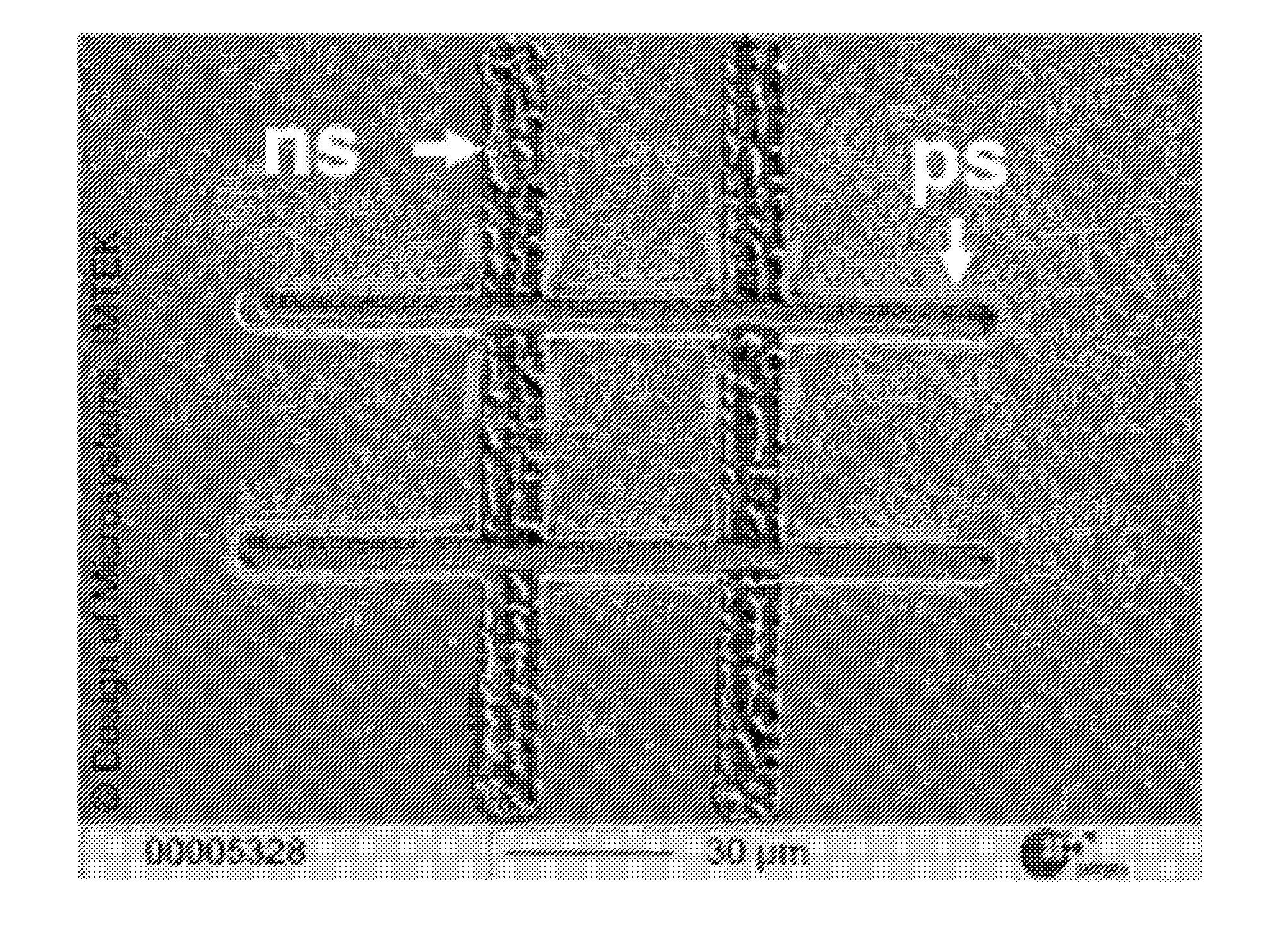Apparatus for generating short-pulse laser using temporally modulated sideband gain
a technology of sideband gain and apparatus, applied in the direction of laser output parameters control, laser details, semiconductor lasers, etc., can solve the problems of low pulse energy, less satisfactory laser stripping quality, and a large amount of laser stripping, and achieve the effect of high energy stability
- Summary
- Abstract
- Description
- Claims
- Application Information
AI Technical Summary
Benefits of technology
Problems solved by technology
Method used
Image
Examples
first embodiment
[0024]Referring to FIGS. 5, 6 and 7 showing different embodiments, an apparatus for generating a short-pulse laser using a temporally modulated sideband gain, the apparatus includes: at least one pulse driver modulator 11, a laser diode 12, an external reflector 21, and a wavelength filter 17. The laser diode 12 has a 1st end 22 connected to the pulse driver modulator 11, an output end forming a 2nd end 23 connected to a 3rd end 24 formed by an output end of the external reflector 21, and a nanosecond pulse repetition rate and a pulse width of a programmable semiconductor optical output for cooperating with the external reflector 21. The wavelength filter 17 has a 5th end 26 connected to a 4th end 25 formed by an output end of the external reflector 21. The wavelength filter 17 blocks a long-pulse laser signal having a first wavelength pulse 40, and outputs a single short-pulse laser signal having a second wavelength picosecond short pulse 42 at a 6th end of the wavelength filter 1...
second embodiment
[0027]FIG. 5 shows a diagram of an apparatus for generating a short-pulse laser using a temporally modulated sideband gain according to a Referring to FIG. 5, an external reflector 21 includes an extension optical fiber 13, an optical fiber coupler 14, a reflection coupler 15 and a sideband filter 16. The extension optical fiber 13 has a 16th end 37 connected to a 2nd end 23 of a laser diode 12. The optical fiber coupler 14 has a 7th end 28 connected to a 17th end 38 of the extension optical fiber 13, and an 18th end 39 connected to a 4th end of the external reflector 21. The reflection coupler 15 has a 10th end 31 connected to a 19th end 45 formed by an input end of a loop optical fiber and also connected to a 20th end 46 formed by an output end of the loop optical fiber. The sideband filter 16 has an input end forming an 11th end 32 connected to the loop optical fiber, and transmits the laser signal inputted via a 19th end 45 formed by an input end of the loop optical fiber to th...
third embodiment
[0029]FIG. 6 shows a diagram of an apparatus for generating a short-pulse laser using a temporally modulated sideband gain according to a As shown in FIG. 6, an external reflector 21 includes an extension optical fiber 13 and a second wavelength reflector 18. The extension optical fiber 13 has a 16th end 37 connected to a 2nd end 23 of a laser diode 12. The second wavelength reflector 18 has a 13th end 34 connected to a 17th end 38 of the extension optical fiber 13, and a 14th end 35 connected to a 4th end 25 of the external reflector 21. The second wavelength reflector 18, being an optical fiber grating or a coated optical fiber, partially reflects the second wavelength pulse 41 inputted into the second wavelength reflector 18, and transmits the partially reflected second wavelength pulse 41 via the extension optical fiber 13 to a 3rd end 24 of the external reflector 21.
PUM
 Login to View More
Login to View More Abstract
Description
Claims
Application Information
 Login to View More
Login to View More - R&D
- Intellectual Property
- Life Sciences
- Materials
- Tech Scout
- Unparalleled Data Quality
- Higher Quality Content
- 60% Fewer Hallucinations
Browse by: Latest US Patents, China's latest patents, Technical Efficacy Thesaurus, Application Domain, Technology Topic, Popular Technical Reports.
© 2025 PatSnap. All rights reserved.Legal|Privacy policy|Modern Slavery Act Transparency Statement|Sitemap|About US| Contact US: help@patsnap.com



